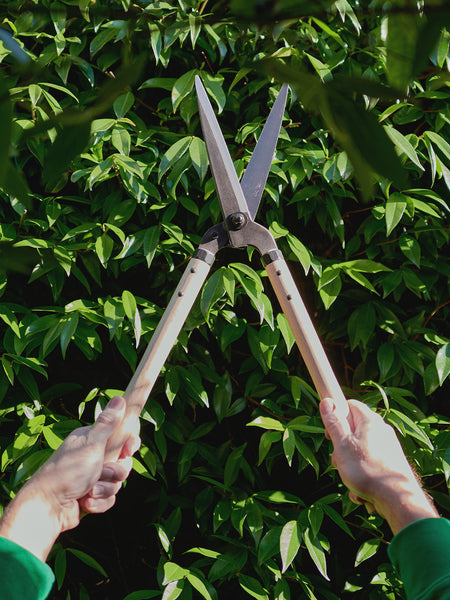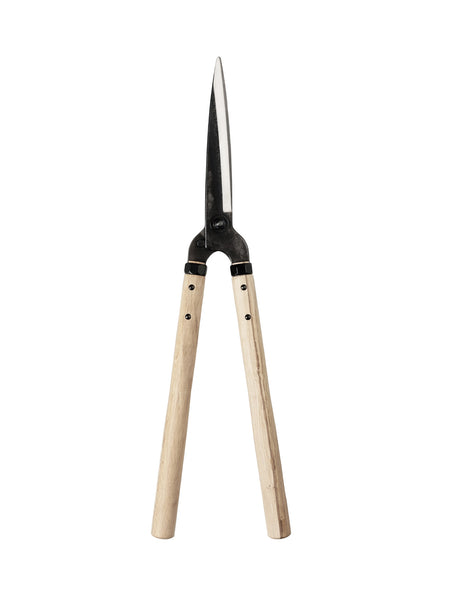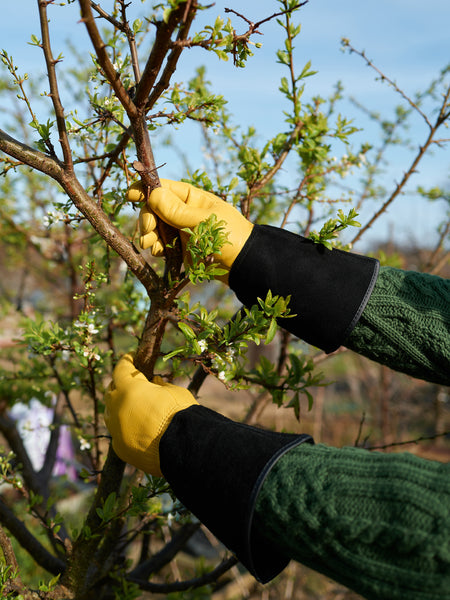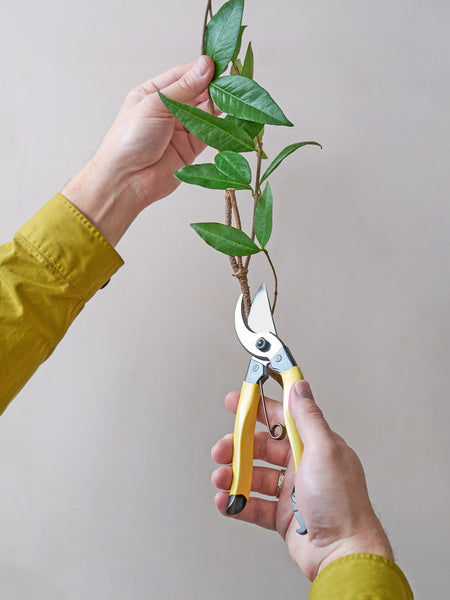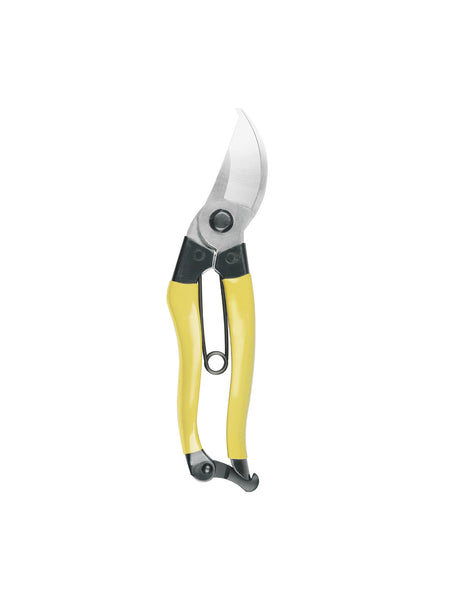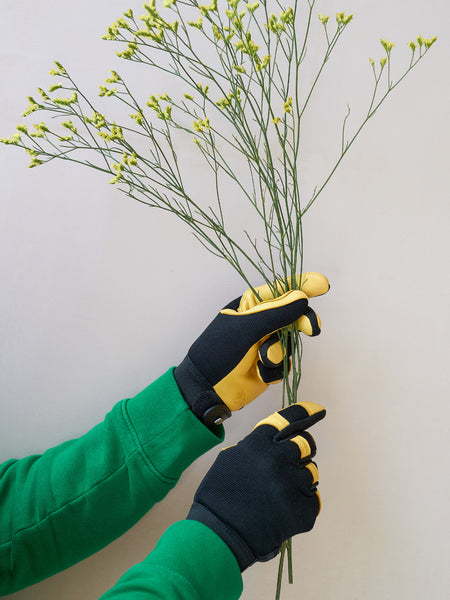Many gardening terms are not at all obvious, creating a false sense of difficulty or complexity. My ‘In The Know’ guides are designed to introduce you to the time-honoured techniques used by experienced gardeners so that everyone can benefit from them.
What is it?
The Chelsea chop is the practice of reducing the height of compatible perennials by 30-50%, using shears or secateurs. It is done during the third week of May (late spring in the UK), which typically coincides with the Royal Horticultural Society’s famous Chelsea Flower Show in London.
Why do it?
The main reason for administering the Chelsea chop, which on first impression can seem like an oddly brutal exercise, is to delay the flowering of certain perennial plants by 3-6 weeks, thereby extending their flowering season into the middle or end of summer. It can be very effective in herbaceous borders or gardens lacking late summer colour.
There are other benefits, particularly for those of us gardening in shade or exposed locations - plants given the Chelsea chop generally grow less tall, stronger and bushier, meaning that they require less support. In some cases, it will also encourage plants to produce more plentiful, albeit smaller flowers.

When do I do it?
Although the Chelsea Flower Show typically runs for a week in late May, the Chelsea chop can be given any time between mid-May and early June, depending on the weather. Plants should have made a good 30-50cm of new growth before cutting.
You will need:
- A sharp pair of shears, or,
- A sharp pair of secateurs,
- Gardening gloves to protect your hands, particularly if you’re sensitive to particular plants.
How do I do it?
It’s incredibly simple. Just take a sharp pair of shears or secateurs to each clump of perennials (see the list below) and cut so that the top 30-50% of the stems are removed. There’s very little finesse required - the plants will regrow so quickly that you won’t notice a few half-cut leaves within a week or so. The cuttings can be added to your compost heap.
If you have more than one clump of the same plant - let’s say phlox for instance - then consider giving half of them the Chelsea chop and leaving the other half alone. By the time the untouched phlox have stopped blooming those that had the Chelsea chop should be ready to get going.
It’s also possible to carefully remove half of the stems within a clump, although the danger there is that the plant channels all its energy into the remaining stems. With this method, it’s essential to remove the dead flowers once the first flush of flowers has finished, otherwise the plant will think it’s done its job and set seed.
Having cut plants back, it’s good practice to water and feed them so they have the maximum amount of energy to regrow and flower beautifully.
It’s very hard to get the Chelsea chop wrong but avoid doing it any later than early June and make sure you only apply it to suitable perennial plants. Here are a few common ones that are especially responsive to this treatment:
- Yarrow - Achillea
- Dyer’s chamomile - Anthemis tinctoria
- Aster
- Bell flower - Campanula
- Coneflower - Echinacea
- Joe Pye weed - Eupatorium
- Blanket flower - Gaillardia
- Sneezeweed - Helenium
- Perennial sunflowers - Helianthus
- Candytuft - Iberis
- Shasta daisy - Leucanthemum × superbum
- Purple loosestrife - Lythrum salicaria
- Bergamot - Monarda didyma
- Catmint - Nepeta
- Penstemon
- Garden phlox - Phlox paniculata
- Black-eyed Susan - Rudbeckia
- Stonecrop - Sedum telephium
- Golden rod - Solidago
- Culver’s root - Veronicastrum
See Also:
In the Know - Deadheading


